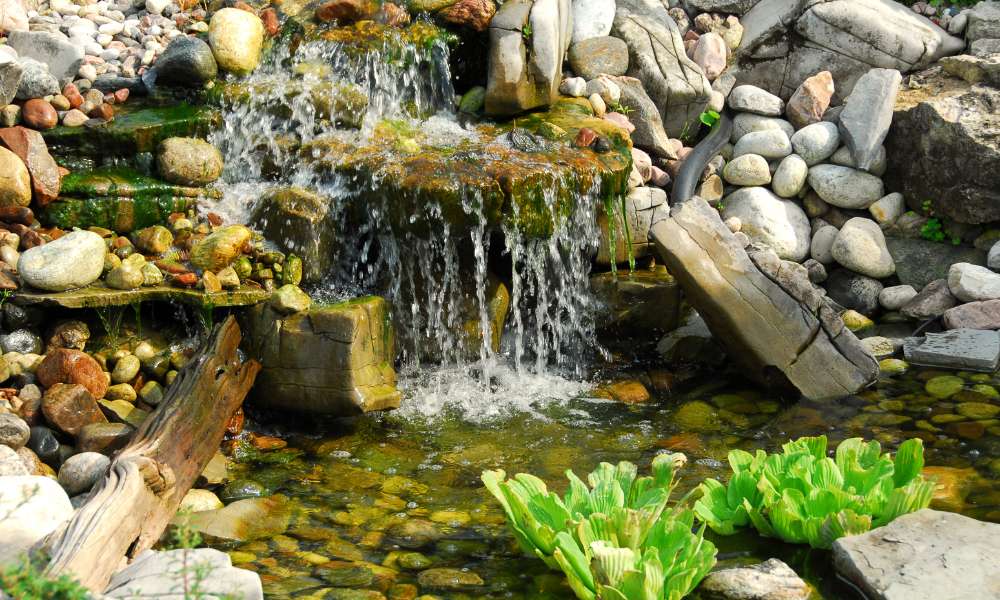Discover the step-by-step process of how to build a waterfall pond in your backyard and transform your outdoor space into a tranquil haven. Building a waterfall pond brings numerous benefits, from enhancing the aesthetic appeal of your garden to creating a soothing atmosphere with the gentle sound of cascading water. Whether you’re looking to attract wildlife, cultivate aquatic plants, or simply create a relaxing retreat, this guide provides all the essential information you need. With careful planning and basic DIY skills, constructing a waterfall pond is a rewarding project that anyone can undertake to beautify their home environment.
How Long Does It Take To Build A Waterfall Pond?
The time it takes to build a waterfall pond can vary depending on several factors such as the size of the pond, complexity of the design, availability of materials, and weather conditions. On average, a small to medium-sized waterfall pond can take anywhere from 1-2 weeks to complete. This includes digging the pond, installing the liner, rocks, pump, and filtration system, as well as planting aquatic vegetation.
Can I Keep Fish In My Waterfall Pond?
Yes, you can keep fish in your waterfall pond. Fish can add beauty and life to your pond, creating a peaceful and relaxing atmosphere. However, there are some important factors to consider before adding fish to your waterfall pond. Make sure the water quality is suitable for fish by testing it regularly and maintaining proper filtration and aeration systems. Also, choose fish species that are well-suited to living in a pond environment and provide them with adequate shelter and food.
Filling The Pond With Water
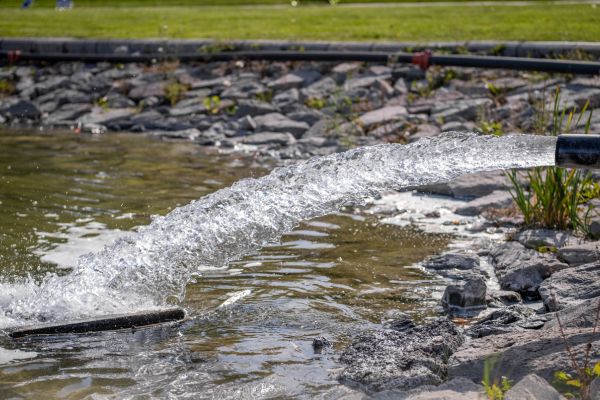
Filling the pond with water is the exciting final step in building your very own swimming oasis in your backyard. As you watch the water slowly fill up your pond, it’s a moment of anticipation and satisfaction after all the hard work that went into creating this natural paradise. Remember to add a dechlorinator to make the water safe for swimming, ensuring a clean and healthy environment for you and your loved ones to enjoy.
Installing Pumps And Filters
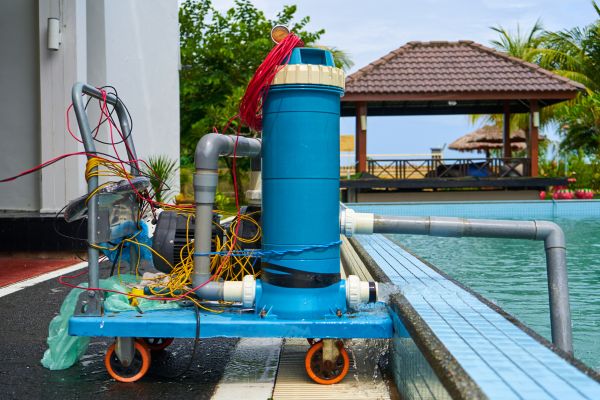
Installing pumps and filters is crucial for maintaining water circulation and quality in your waterfall pond. Selecting the right pump based on the pond’s size and water flow requirements is essential. Position the pump strategically to facilitate proper water movement, which not only enhances the visual appeal of the waterfall but also promotes oxygenation and reduces algae buildup. Incorporating filters helps keep the water clean by trapping debris and ensuring a healthy ecosystem for your pond inhabitants.
Creating The Base And Foundation
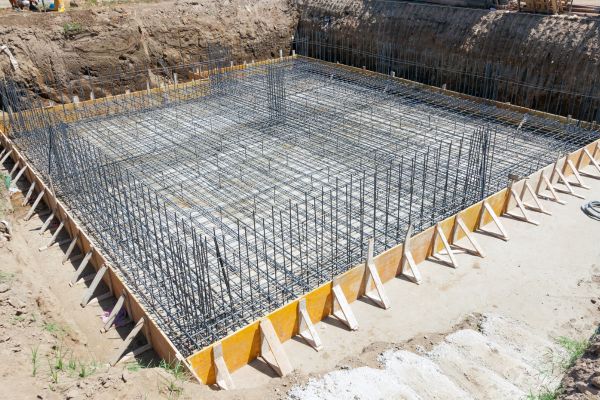
Creating the base and foundation of your waterfall pond involves arranging rocks and boulders to establish a natural-looking cascade. Begin by placing large rocks at the bottom of the pond to form a sturdy foundation. Gradually build up layers with smaller rocks and pebbles, carefully stacking them to create varying heights and water channels. This step not only enhances the aesthetic appeal of your pond but also contributes to the soothing sound of flowing water.
Selecting Rocks For The Waterfall
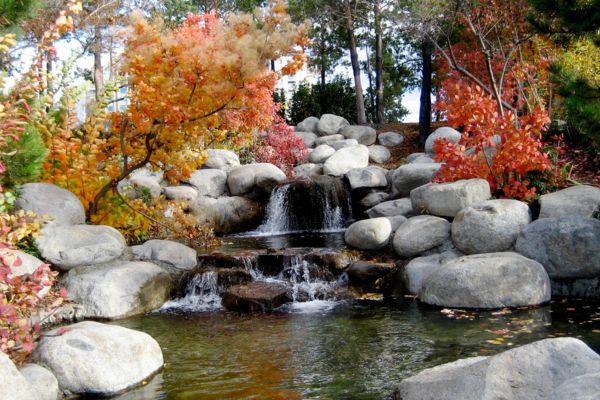
Selecting rocks for the waterfall is essential to achieve both aesthetic appeal and functional stability. Choose a variety of rocks in different shapes and sizes to create a natural-looking waterfall structure. Larger rocks can anchor the base and edges of the waterfall, while smaller stones fill in gaps and crevices to regulate water flow. Position the rocks strategically, ensuring they are securely placed to withstand the water’s movement and weather conditions.
Choosing Aquatic Plants
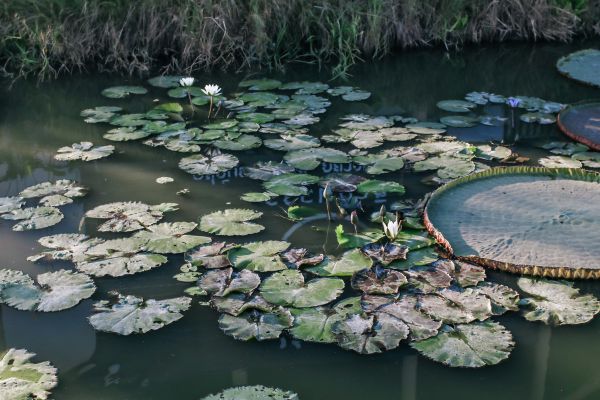
Choosing aquatic plants plays a pivotal role in enhancing the beauty and ecological balance of your waterfall pond. Select a mix of submerged, floating, and marginal plants to provide oxygen, shelter for fish, and filtration for the water. Submerged plants like Anacharis help oxygenate the water, while water lilies and lotus add color and shade. Marginal plants such as rushes and cattails thrive at the pond’s edge, blending the pond seamlessly into the surrounding landscape while offering habitat for beneficial insects and amphibians.
Installing Underwater Lighting
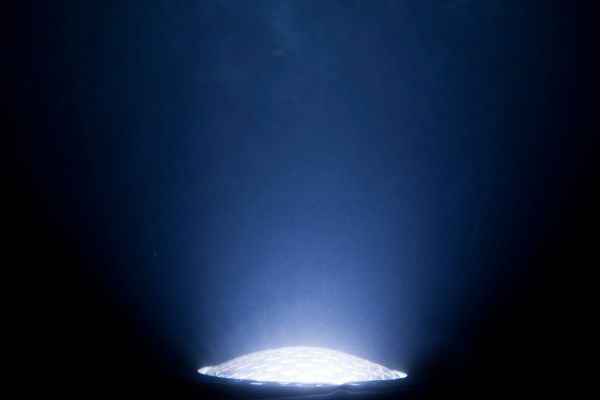
Installing underwater lighting can dramatically enhance the visual appeal of your waterfall pond, especially in the evening hours. Strategically placing waterproof LED lights beneath the water’s surface not only illuminates the cascading water but also highlights the textures and colors of rocks and aquatic plants. This not only creates a captivating ambiance but also extends the enjoyment of your waterfall pond into the night, making it a focal point for evening gatherings or moments of relaxation under the stars.
Aesthetic Enhancement Of Your Backyard
Beyond the practical aspects of water and lighting, building a waterfall pond in your backyard offers significant aesthetic enhancements. The combination of flowing water, natural stone or rock formations, and lush aquatic vegetation transforms an ordinary yard into a tranquil retreat. The sight and sound of water cascading over rocks create a soothing atmosphere that can reduce stress and enhance overall well-being. Whether you choose a formal design with clean lines or a more naturalistic approach that blends seamlessly with the surroundings, a waterfall pond adds a touch of natural beauty and serenity to any outdoor space.
Creating A Tranquil
A key benefit of building a waterfall pond in your backyard is the creation of a tranquil atmosphere. The sound of flowing water from the waterfall adds a soothing ambiance, perfect for relaxation and unwinding after a long day. To enhance this peaceful setting, strategically place rocks and plants around the pond to create a natural landscape. Consider incorporating seating nearby so you can fully enjoy the calming effects of your new backyard oasis. Creating a tranquil atmosphere with your waterfall pond transforms your outdoor space into a retreat where you can escape the stresses of daily life.
Dealing With Algae Growth
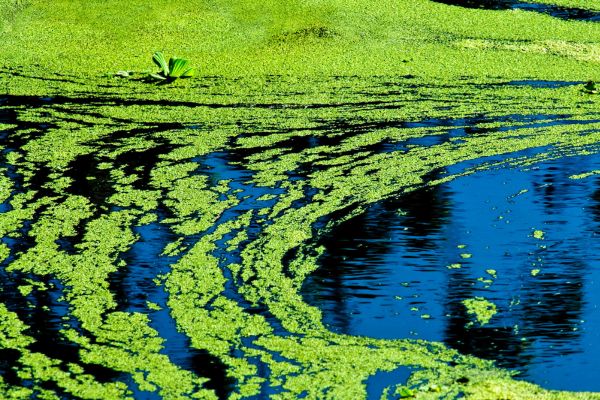
Maintaining water quality is essential for the long-term health of your waterfall pond. One common issue that pond owners face is algae growth, which can detract from the pond’s aesthetic appeal and harm aquatic life. To combat algae, use a combination of physical removal and natural treatments. Regularly remove debris and excess organic matter from the pond, as these can contribute to algae growth. Consider adding aquatic plants like water lilies, which can help shade the water and reduce nutrient availability for algae. Additionally, using barley straw or algaecides in moderation can effectively control algae blooms without harming other pond inhabitants. By proactively managing algae growth, you can ensure that your waterfall pond remains a vibrant and beautiful feature of your backyard landscape.
The Final Thought
Building a waterfall pond in your backyard can be a rewarding and enjoyable project that adds beauty and tranquility to your outdoor space. By following the steps outlined in this article, you can create a stunning focal point that enhances the ambiance of your garden and provides a soothing retreat for both you and your family. Remember to carefully plan out the design, choose high-quality materials, and incorporate proper maintenance practices to ensure the longevity and health of your waterfall pond. With dedication, patience, and attention to detail, you can transform your backyard into a peaceful oasis that brings joy and relaxation for years to come.
